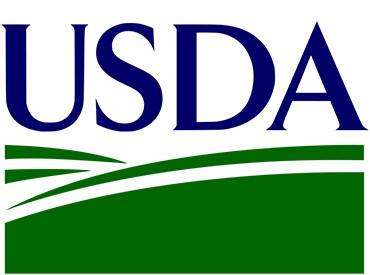Agriculture Secretary Tom Vilsack met Thursday with the leaders of Departments of Agriculture for the seven Colorado River Basin states (Arizona, California, Colorado, Nevada, New Mexico, Utah, and Wyoming) to discuss the challenges faced by farmers and ranchers in the region due to an historic drought. During the meeting, Vilsack highlighted the Biden-Harris Administration’s investments in the states and USDA programs available to mitigate the impact of the drought.
“Through the strategic deployment of financial resources, technical assistance, and cutting-edge research, we are working with communities to help them adapt to the challenges brought on by a changing climate and water scarcity,” said Vilsack. “USDA is acting to support producers, forest landowners, and rural communities throughout the Colorado River Basin with a comprehensive approach that will assist impacted producers with conserving water and becoming less reliant on the Colorado River, promoting irrigation and water-use efficiency, and recovering from economic damages incurred from the unprecedented and ongoing drought.”
Following are examples of drought recovery and mitigation efforts from the USDA and Biden-Harris Administration:
Western Water Framework
The multi-state strategy under USDA’s Natural Resources Conservation Service addresses key water and land management challenges across 17 Western States.
WaterSmart Initiative
In February 2023, Vilsack announced a $25 million investment in three new priority areas and 37 existing priority areas in the West as the result of a collaboration with NRCS and the Department of the Interior’s WaterSmart Initiative to help farmers and ranchers conserve water and build drought resilience in their communities.
Investments from the Bipartisan Infrastructure Law
The law supports investment in NRCS’ watershed programs, which provide much-needed assistance for drought-stricken communities. That includes $500 million in additional funding for the Watershed and Flood Prevention Operations program, which supports federal, state, local, and tribal governments in protecting and restoring watersheds. The law also invests $118 million in a watershed rehabilitation program and $300 million in an emergency watershed protection program.
Investments from the Inflation Reduction Act
The act supports investments in climate-smart conversation practices that will help build resilience to climate change impacts such as drought, wildfire, and floods. USDA has announced $850 million in 2023 for producers who want to participate in NRCS conservation programs and adopt these climate-smart practices.
USDA Climate Hubs
USDA’s 10 regional Climate Hubs work closely with their regional partners to ensure the latest information, resources, and tools are shared with stakeholders and land managers so that they can mitigate the acute and chronic effects of drought on their land.
Recovery and Loss Support
Producers in the seven basin states have received over $1.8 billion in Federal crop insurance indemnity payments due to drought and drought-related impacts.
Related: Machine Learning Helps Predict Food Crisis; Cultivated Meat Company Passes FDA Hurdle

